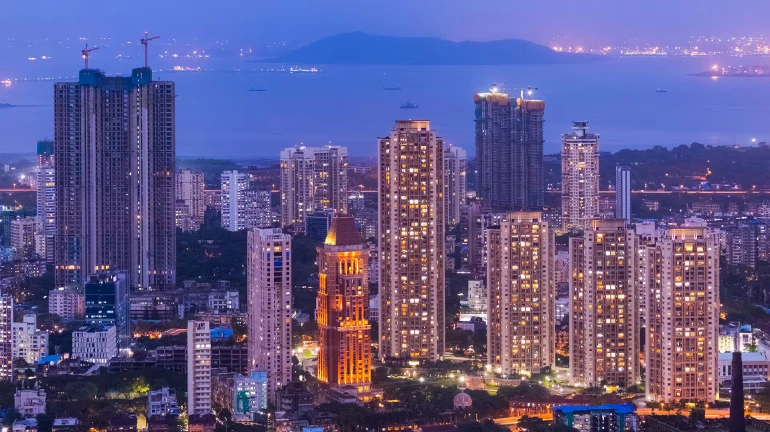
Mumbai’s real estate market capped off FY 2024–25 on a robust note, clocking over 15,603 property registrations in March 2025, a 10.3% year-on-year (YoY) increase, according to data from the Inspector General of Registration (IGR) accessed by Knight Frank India.
Stamp duty collections for the month touched ₹1,597 crore, the highest ever recorded in a single month, reflecting a 45% YoY surge. The record-breaking revenue was primarily driven by a notable rise in high-value property transactions and sustained demand for premium homes.
On a month-on-month (MoM) basis, March saw property registrations rise by 29%, while stamp duty collections jumped 71%, making it the most active month for Mumbai’s real estate market in the past year. Residential properties accounted for 80% of the total registrations in March, underscoring the strong sentiment among homebuyers.
The daily stamp duty collections grew from ₹35 crore in April 2024 to ₹52 crore in March 2025, while daily property registrations rose from 388 to 503 units during the same period, reinforcing the trend of increased traction in the mid-to-premium housing segments.
For the entire financial year FY 2024–25, Mumbai recorded 143,948 property registrations, marking a 9% YoY growth compared to 132,723 registrations in the previous fiscal. Stamp duty collections for the year increased by 22%, further validating the market’s shift towards higher-value transactions.
Prashant Sharma, President, NAREDCO Maharashtra: “The consistent rise in Mumbai’s property registrations, surpassing the 15,000 mark in March 2025, is a strong testimony to the city’s enduring real estate appeal. The 10.3% YoY growth in registrations and a remarkable 45% surge in stamp duty collections reflect both the growing aspiration for homeownership and the significant momentum in premium housing. This performance, driven by stable economic conditions, robust infrastructure development, and growing confidence in the market, reaffirms that Mumbai continues to lead India’s real estate transformation. We expect this momentum to accelerate further with anticipated interest rate easing and continued government push for urban infrastructure.”





